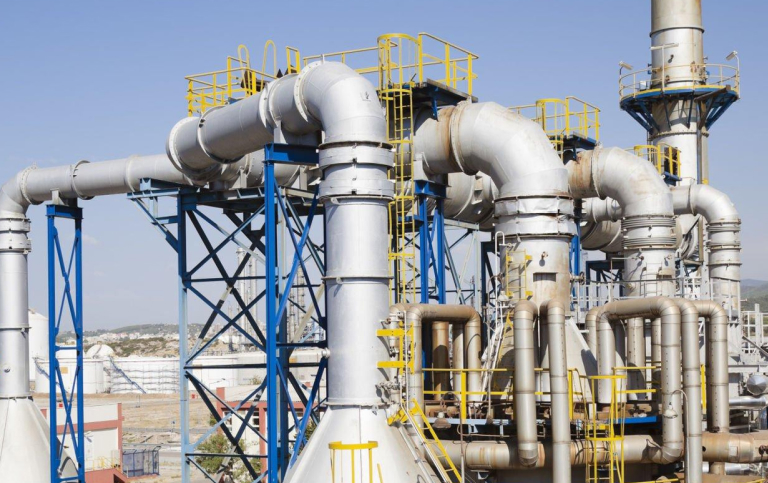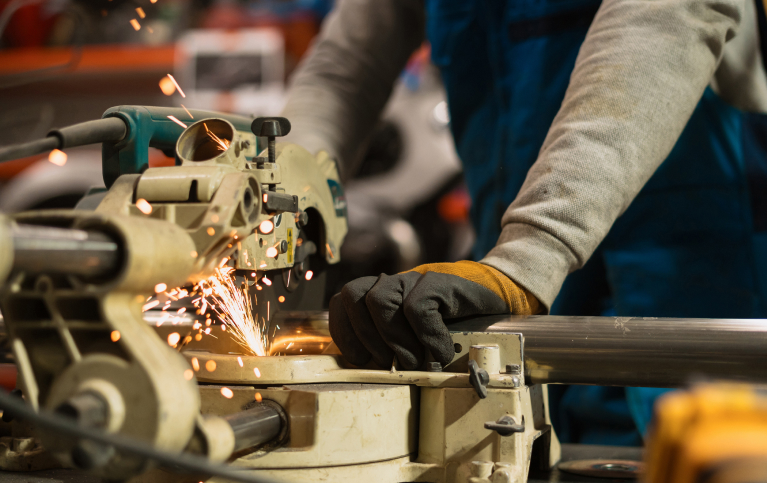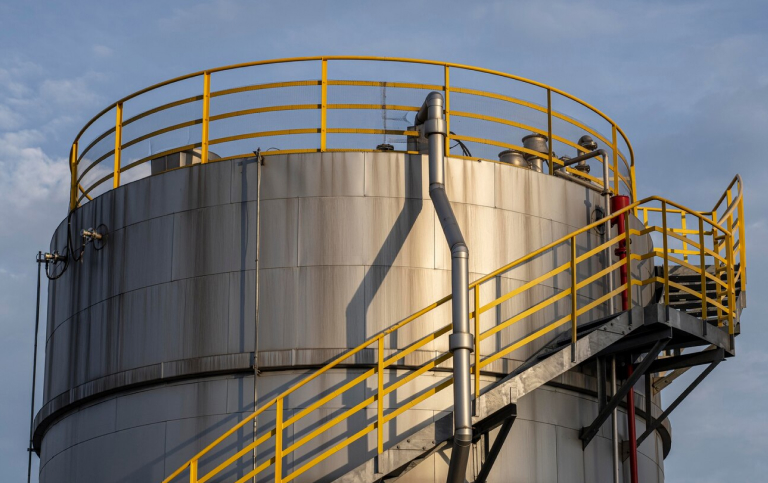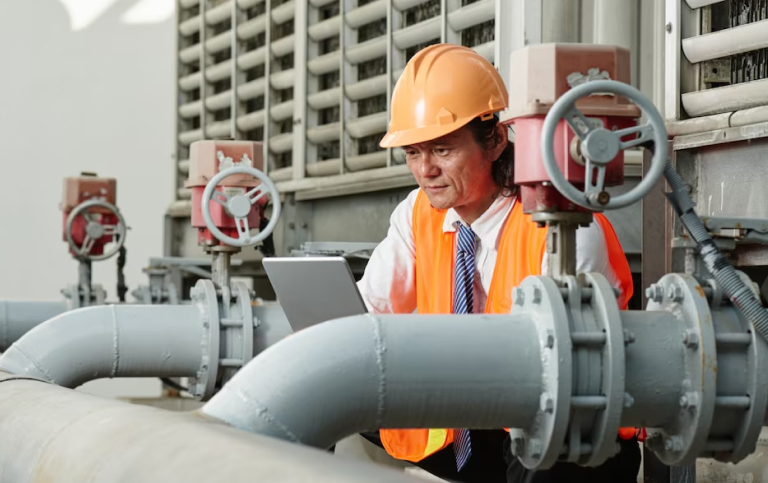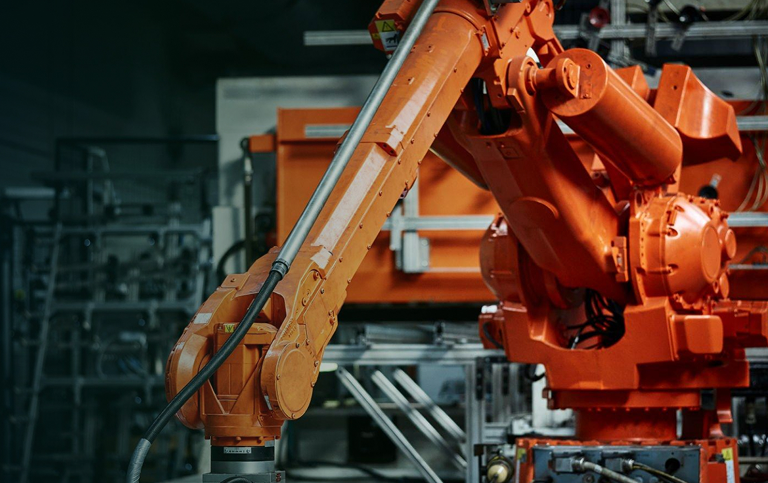These are some of the most Frequently Asked Questions
This is followed by meticulous reassembly, calibration of fuel injection systems, valve timing adjustments, and dynamic balancing where necessary. We maintain strict adherence to Original Equipment Manufacturer (OEM) service manuals, utilize genuine OEM spare parts or approved equivalents, and engage factory-trained technicians to ensure optimal performance, reliability, and compliance with warranty conditions.
- Waste Management: Segregation and proper disposal of hazardous waste (e.g., oily rags, paints, solvents, lubricants) in accordance with MARPOL Annex V and local regulations.
- Water Treatment: Collection and treatment of bilge water, ballast water, and greywater/blackwater to comply with discharge standards.
- Air Emissions: Use of low VOC (Volatile Organic Compound) paints and coatings, and adherence to regulations concerning exhaust gas emissions from machinery.
- Spill Prevention: Robust spill prevention plans, containment measures, and trained personnel for rapid response to chemical or oil spills, utilizing absorbent materials and booms.

